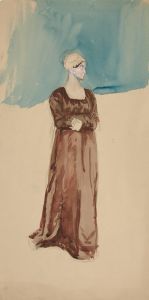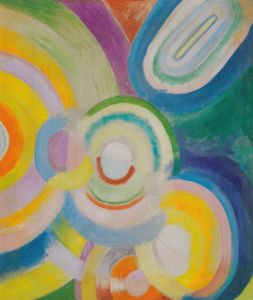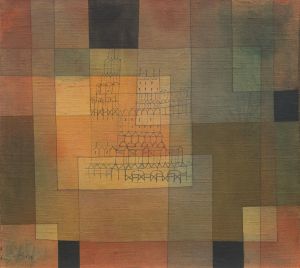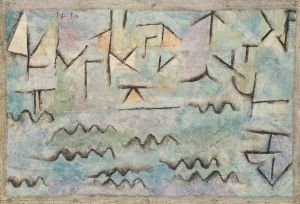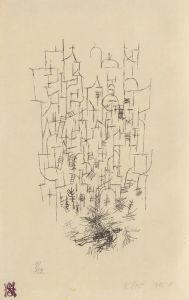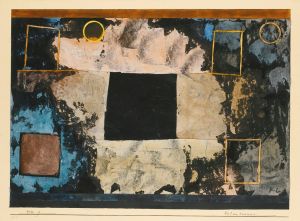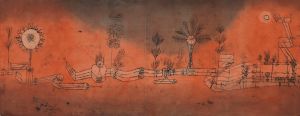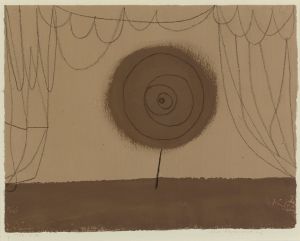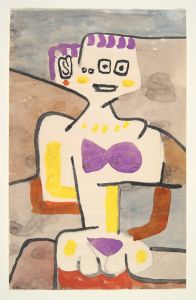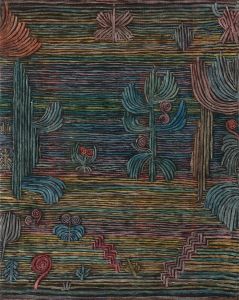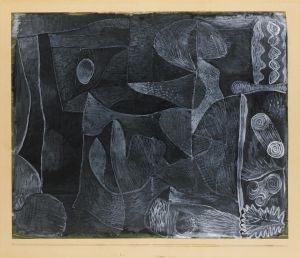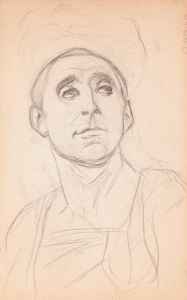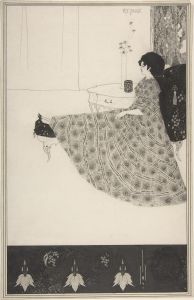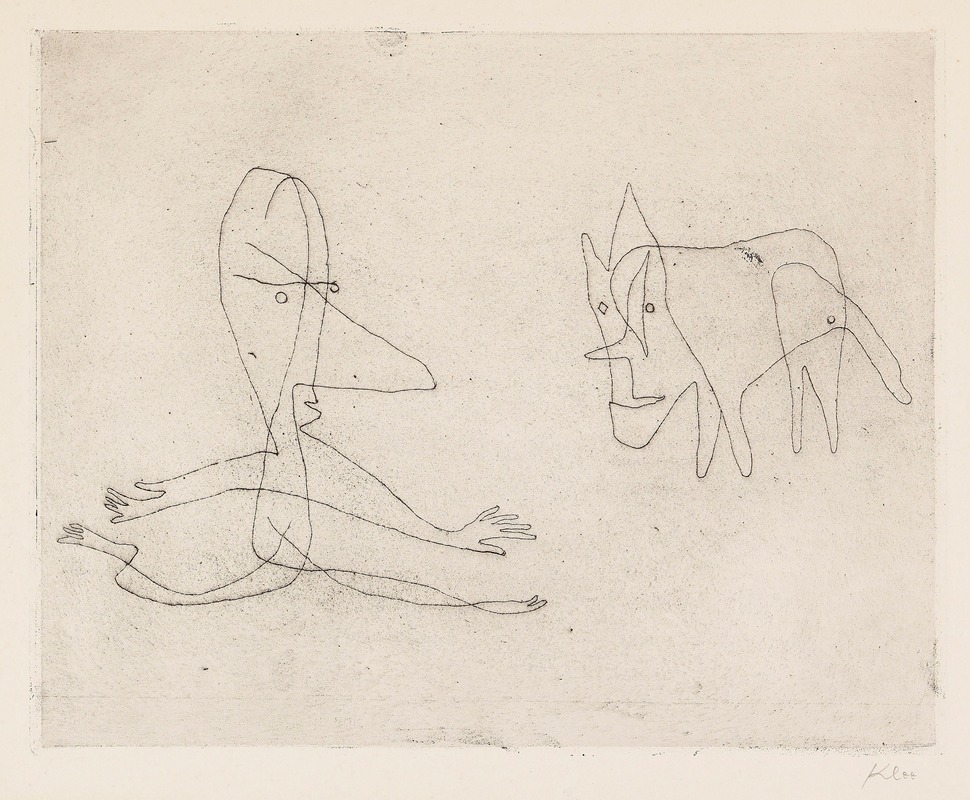
Was läuft er
A hand-painted replica of Paul Klee’s masterpiece Was läuft er, meticulously crafted by professional artists to capture the true essence of the original. Each piece is created with museum-quality canvas and rare mineral pigments, carefully painted by experienced artists with delicate brushstrokes and rich, layered colors to perfectly recreate the texture of the original artwork. Unlike machine-printed reproductions, this hand-painted version brings the painting to life, infused with the artist’s emotions and skill in every stroke. Whether for personal collection or home decoration, it instantly elevates the artistic atmosphere of any space.
Paul Klee's painting Was läuft er (translated as "What Is He Running") is a work created by the Swiss-German artist, who is widely regarded as one of the most influential figures in modern art. Klee, known for his highly individual style, often combined elements of abstraction, expressionism, and surrealism in his works. His art frequently incorporated playful, whimsical, and symbolic elements, reflecting his deep interest in color theory, music, and the subconscious.
Was läuft er was painted in 1940, the final year of Klee's life. During this period, Klee was battling a debilitating illness, scleroderma, which significantly impacted his ability to work. Despite his declining health, Klee remained remarkably productive, creating over 1,200 works in 1940 alone. This prolific output is often seen as a testament to his resilience and dedication to his craft.
The painting itself is characteristic of Klee's late style, which is marked by a simplification of forms and a focus on bold, graphic lines. Was läuft er features a figure rendered in a minimalist, almost childlike manner, with a sense of motion suggested by the title. The work reflects Klee's ongoing exploration of human emotion and existential themes, which became more pronounced in his later years. The title, as with many of Klee's works, invites interpretation and adds a layer of ambiguity, encouraging viewers to engage with the piece on a personal level.
Klee's artistic approach was deeply influenced by his experiences as a teacher at the Bauhaus, where he developed his theories on the relationship between color, form, and meaning. His works often blur the boundaries between painting and drawing, as seen in Was läuft er, where the use of line plays a central role in the composition.
Today, Was läuft er is recognized as an important example of Klee's late period and is celebrated for its ability to convey complex ideas through deceptively simple forms. The painting is held in a private collection, and its exact exhibition history is not widely documented. However, it continues to be studied and appreciated as part of Klee's extensive and influential body of work.





